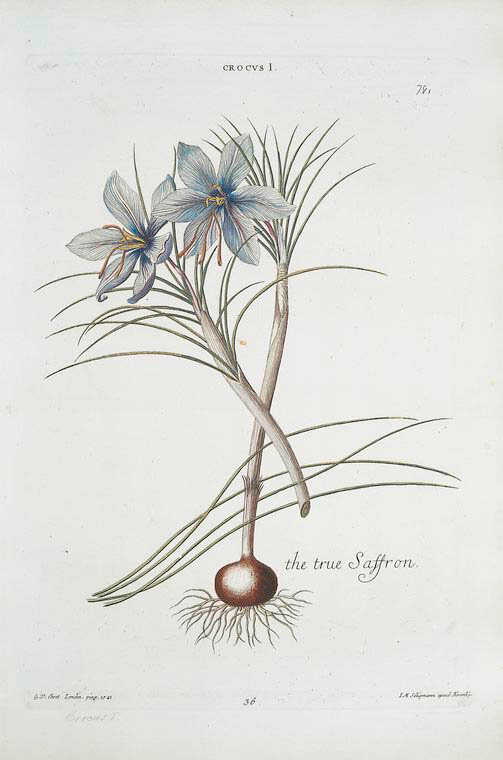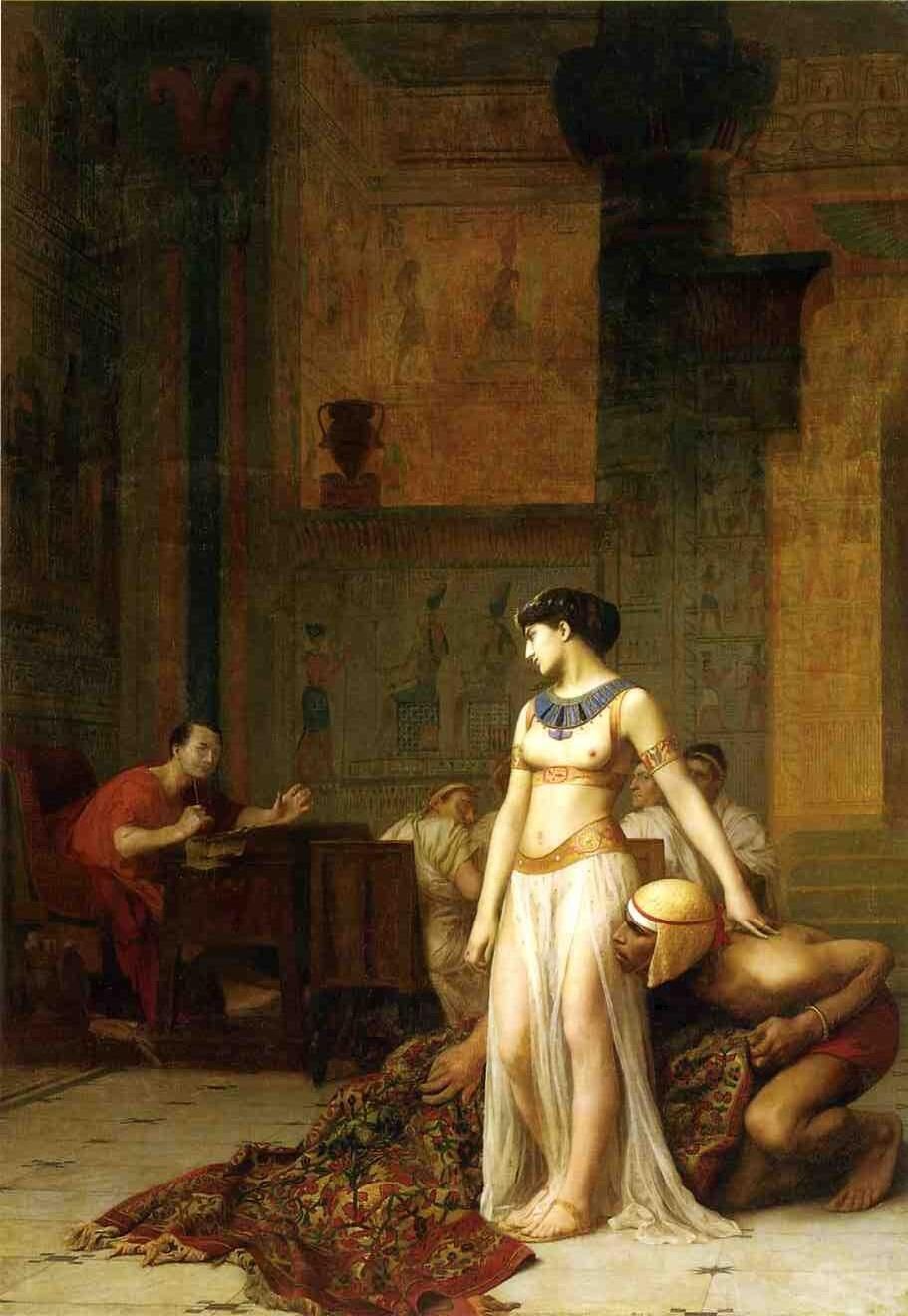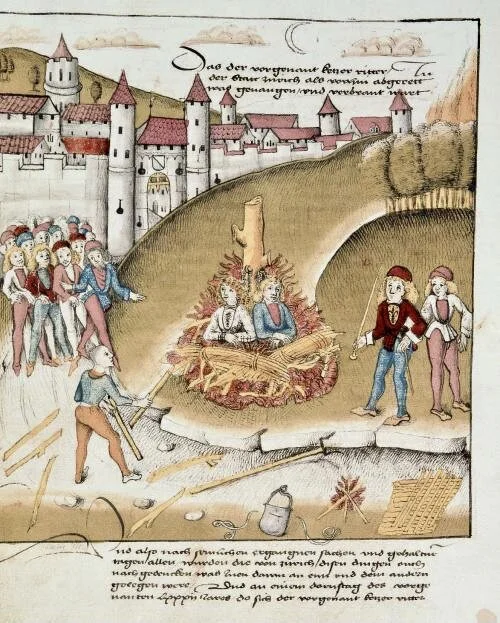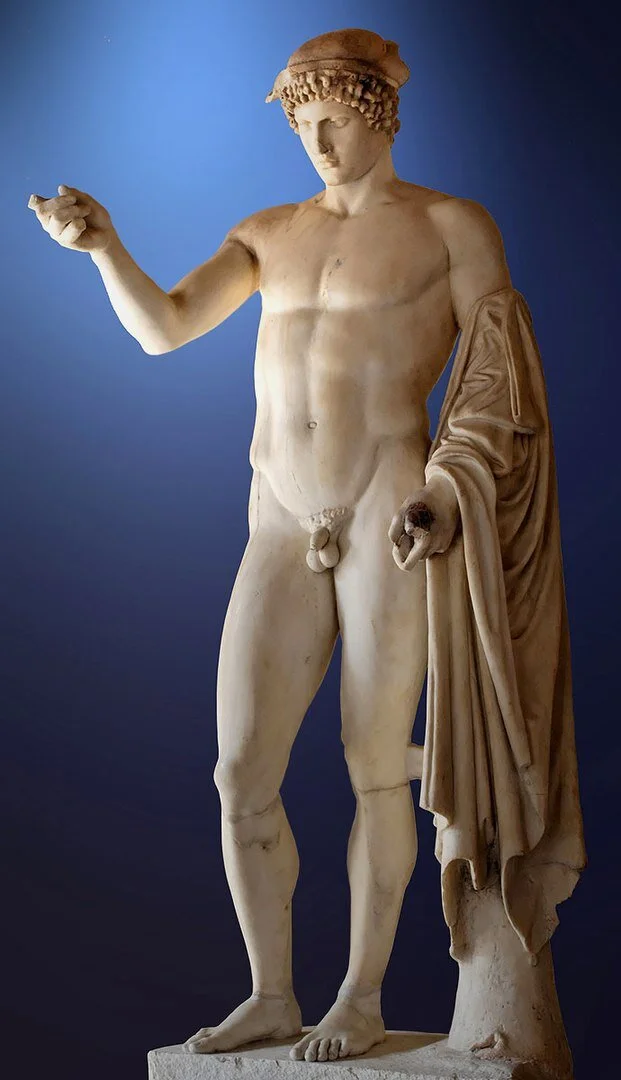Why are people mad about saffron? The fragile tendrils of the Crocus sativus flower yield the most expensive spice in the world.
Three small strands that jut out of the crocus flower are what we use as the spice saffron.
The most precious and costly spice in our cupboard — and most likely yours — is saffron, which comes from Crocus sativus, the saffron crocus. Its name is derived from the Arabic za’faran, which has its roots in the word for yellow. Today, Iran is the world’s top producer, though the plant is also a cash crop of Spain, Greece, Morocco and the Kashmir region of India.
Saffron might not be worth its weight in gold — but it’s the most expensive spice in the world.
1. It’s said that a pound of saffron is worth more than a pound of gold, but this turns out to be a myth.
Despite this, saffron is still the most expensive and labor-intensive spice in the world. Fortunately, a little goes a long way. It only takes a pinch to infuse its aromatic, earthy flavor and brilliant color. Saffron is integral to far-ranging dishes, from Spanish paella to Indian biryani, from Persian pilau to the yeasted saffron buns of Cornwall, England. Its widespread usage was often introduced by conquerors: the Moors in Spain and the ancient Persians in India.
The crocus is sterile and needs to be planted each year, and then harvested by hand.
Interestingly, saffron is a sterile plant that is difficult to reproduce without human intervention. New plants are grown by digging up and replanting the corm (the bulb-like part of the stem). Its high price makes sense: There’s no way to harvest the delicate crimson filaments of the Crocus sativus mechanically. The strands, known botanically as stigmas, must be carefully removed from the heart of the small violet blooms by hand, and there are only three per flower. To put this into perspective, approximately 350 tiny threads of saffron make up a single gram. So, it takes about 75,000 flowers for 1 pound of saffron: Its retail value is estimated at around $5,000 a pound. A pound of gold as of this writing is worth over $27,000.
Buddhist monks, like these in Cambodia, don’t waste saffron on dyeing their robes; they use other natural dyes, including tumeric.
2. The robes of Buddhist monks aren’t actually dyed with saffron.
When I think of my first trip to Southeast Asia, I can picture the vivid saffron-colored robes worn by the Buddhist monks of Cambodia. According to monastic discipline, the robes must be made from cloth that is naturally dyed using indigenous plants, barks or spices, though saffron is too expensive to be used widely. Instead, that distinctive yellowish-orange color most often comes from the knobby turmeric root.
Perhaps the association with saffron and the dye used for monks’ robes comes from a transliteration of the botanical name for turmeric, curcumin, which originates from the Arabic kurkum, meaning saffron.
I can attest to the dyeing power of turmeric, from the intense amber stains it left on my hands and the chute of my juicer.
What exactly is Donovan’s “Mellow Yellow” about? Who’s this Saffron he’s mad about?
3. The song “Mellow Yellow” by Donovan was actually about a female sex toy.
The first time I recall hearing the word saffron was riding in a car with my dad while he was listening to an oldies station. The song was “Mellow Yellow,” written and recorded by the Scottish singer Donovan. It begins, “I’m just mad about Saffron. Saffron’s mad about me.” I wasn’t sure if it was saffron the spice or a woman with that name that made him mellow. But when the song was released in 1967, a rumor emerged that it was about smoking bananadine cigarettes, the scraped and dried white pith of a banana peel, which were believed to have hallucinogenic properties. The myth has since been debunked, as Wally can attest from a high school “experiment,” when he tried smoking dried banana peels, to no effect.
Donovan admitted that “Mellow Yellow” was about a vibrator.
Donovan later admitted in an interview in NME that the idea for the song came from an ad for a yellow vibrator that he saw in the back pages of a magazine. You can catch the reference in the lyrics “Electrical banana is gonna be a sudden craze.”
Could this have been the sex toy that inspired the lyrics “electrical banana”?
As for the phrase “mellow yellow,” it first appeared a half-century earlier in James Joyce’s Ulysses in a description of the protagonist’s unfaithful wife Molly Bloom’s buttocks.
Not surprisingly, the name Saffron gained popularity after the release of Donovan’s song. Quite rightly.
Cleopatra had undeniable sex appeal and claimed two Roman leaders as her lovers. Was it because of her saffron and mare’s milk baths?
4. Cleopatra and Alexander the Great used saffron as a health and beauty hack.
Cleopatra, the legendary seducer of not one but two powerful men of Ancient Rome, bathed in saffron-infused mare’s milk as an all-natural bronzer and aphrodisiac to enhance her allure. The lactic acid contained in milk is believed to gently exfoliate dead skin cells, while saffron gave her skin a healthy glow and acted as a perfume. In fact, saffron baths were a luxurious trend amongst the elite of Rome. And the Macedonian ruler Alexander the Great enjoyed soaking in saffron-colored water, convinced it would heal his battle wounds.
An illuminated manuscript that depicts women shopping at a spice merchant’s stall
5. People in the Middle Ages were willing to die for saffron.
The marketplaces of Medieval Europe were filled with the exotic spices and spoils of returning crusaders. Saffron was so popular in 14th century Europe that the theft of a single ship en route to Basel, Switzerland, carrying 800 pounds of the spice led to the 14-week Saffron War that lasted until the shipment was returned.
Perhaps these two were caught selling counterfeit saffron — and were burned at the stake!
Its purity was of such importance that the Safranschou code was enacted to deter fraud. Because of saffron’s high price tag, cheap substitutes were often passed off as authentic saffron. Merchants caught selling adulterated forms of the spice faced the possibility of imprisonment, public burning or being buried alive.
Be careful getting too transfixed by dancing nymphs — you might end up being turned into a flower!
6. Saffron features prominently in a couple of Greek myths.
In the most common version of the story, a handsome Arcadian youth named Krokos was passing through the Athenian woods, when he spied the nymph Smilax dancing with her friends. He was bewitched and began to visit the forest regularly to seek her out. For a time, Smilax allowed him to find her but couldn’t decide if she should let herself be courted by a mortal. The gods were not amused, though, and lost patience with the couple. They struck Krokos with their wrath, transforming him into a small purple flower that bears his name, the crocus. Its bright red stigmas glow with his fiery, unrequited love. Smilax was simultaneously turned into a thorny briar vine. Why such a choice? Because the vine would strangle the flower, the would-be lovers were prevented from ever meeting again.
The bisexual Greek god Hermes had a male lover who was killed by a discus — so he turned him into a crocus.
In an alternate version of the tale, the Greek trickster god Hermes was smitten with a young Spartan named Krokos, or Crocus. One day, while playing a game of discus, Hermes accidentally struck the young man on the head, killing him instantly. Distraught by what had happened, Hermes turned his lover into a purple flower, which became known as the crocus. And the three drops of blood upon his head became the red stigmata used for the spice saffron.
The coat of arms for the town of Saffron Walden in England — note the three crocus flowers at the center
7. Saffron found its way to Britain from the Crusades.
Britain’s often damp and chilly weather seems far from the perfect climate for producing saffron, which thrives in arid terrain. However, it was grown commercially in the fields of Norfolk and Suffolk from the 15th to 18th centuries. It was most likely brought to England from the Holy Land during the Crusades, either by the Knights of St. John or, as popular lore goes, by a pilgrim who risked his life by concealing a saffron corm in the hollow of his walking staff.
The spice was cultivated in large quantities in the village of Chipping Walden and brought prosperity to the small town — so much so that it changed its name to Saffron Walden. The lasting impact can be seen on the town’s official coat of arms: three crocus flowers surrounded by two castle towers and its walls, a heraldic pun — as in, “Saffron Walled-in.”
A lot of saffron in Spain finds its way into paella.
8. Each country has its own standard for grading and classifying saffron, based upon aroma, color and flavor.
Not all saffron is created equal. There are different strengths or grades determined by how much of the yellow stamen is still attached to the stigma. In Spain, for example, there are four varieties: coupe, la mancha, río and sierra. Coupe is pure red stigmas only and has the highest amount of crocin, the property responsible for the distinct aroma of saffron. For Iranian traders, the highest grade is sargol, which means “top of the flower” in Farsi and consists of the strongest grade with only the tips of the dried red stigmas. –Duke
MORE COLORFUL POSTS!


































